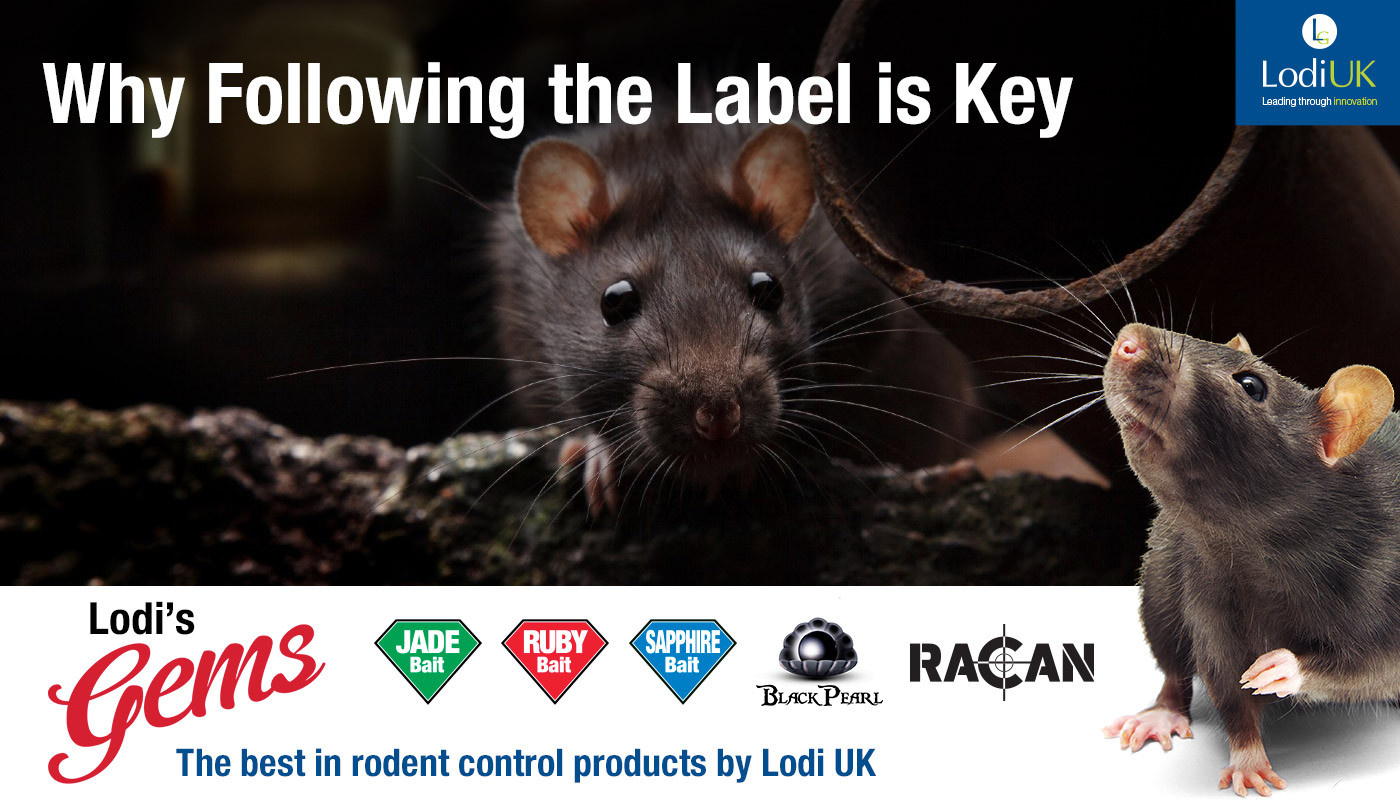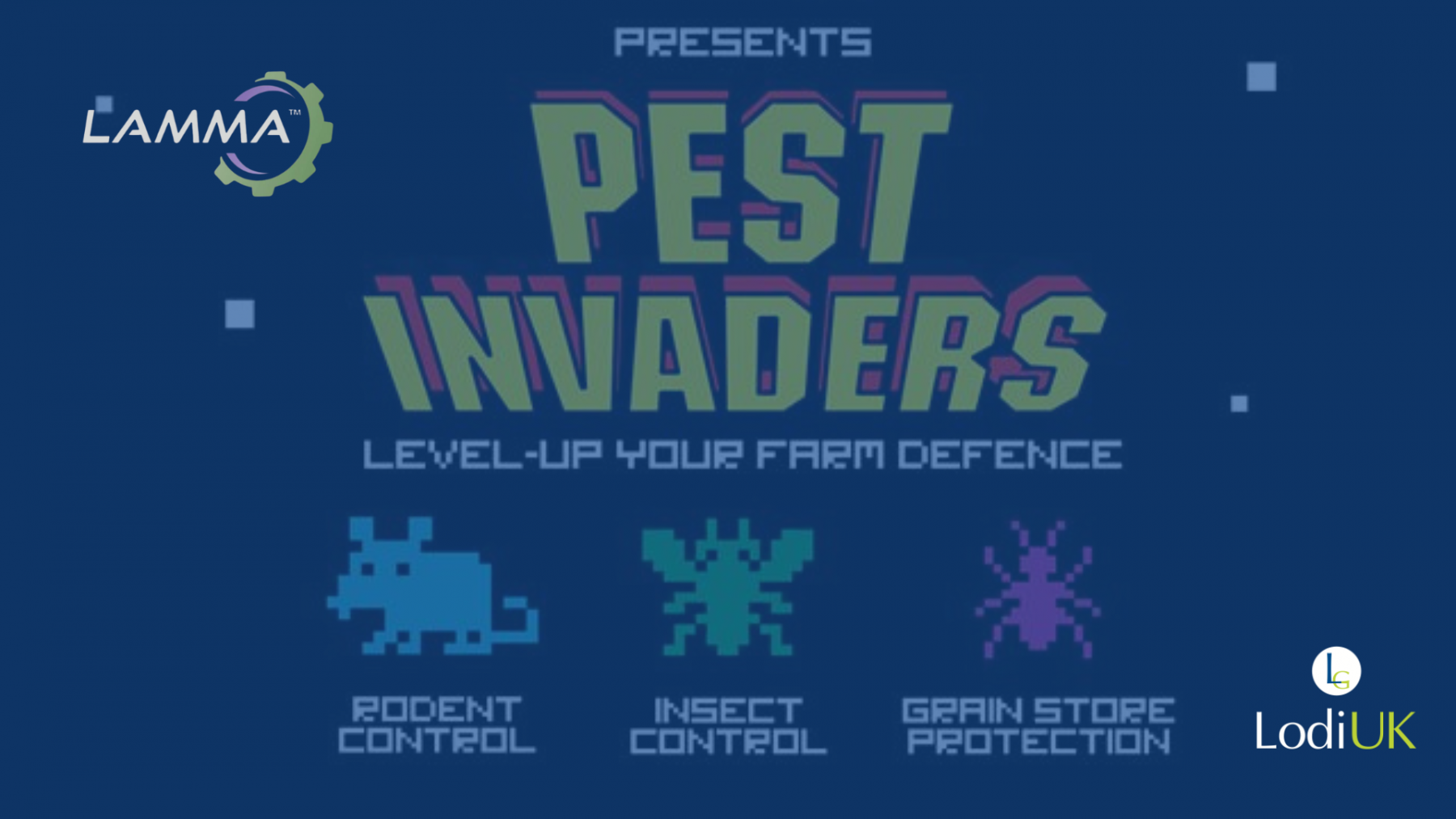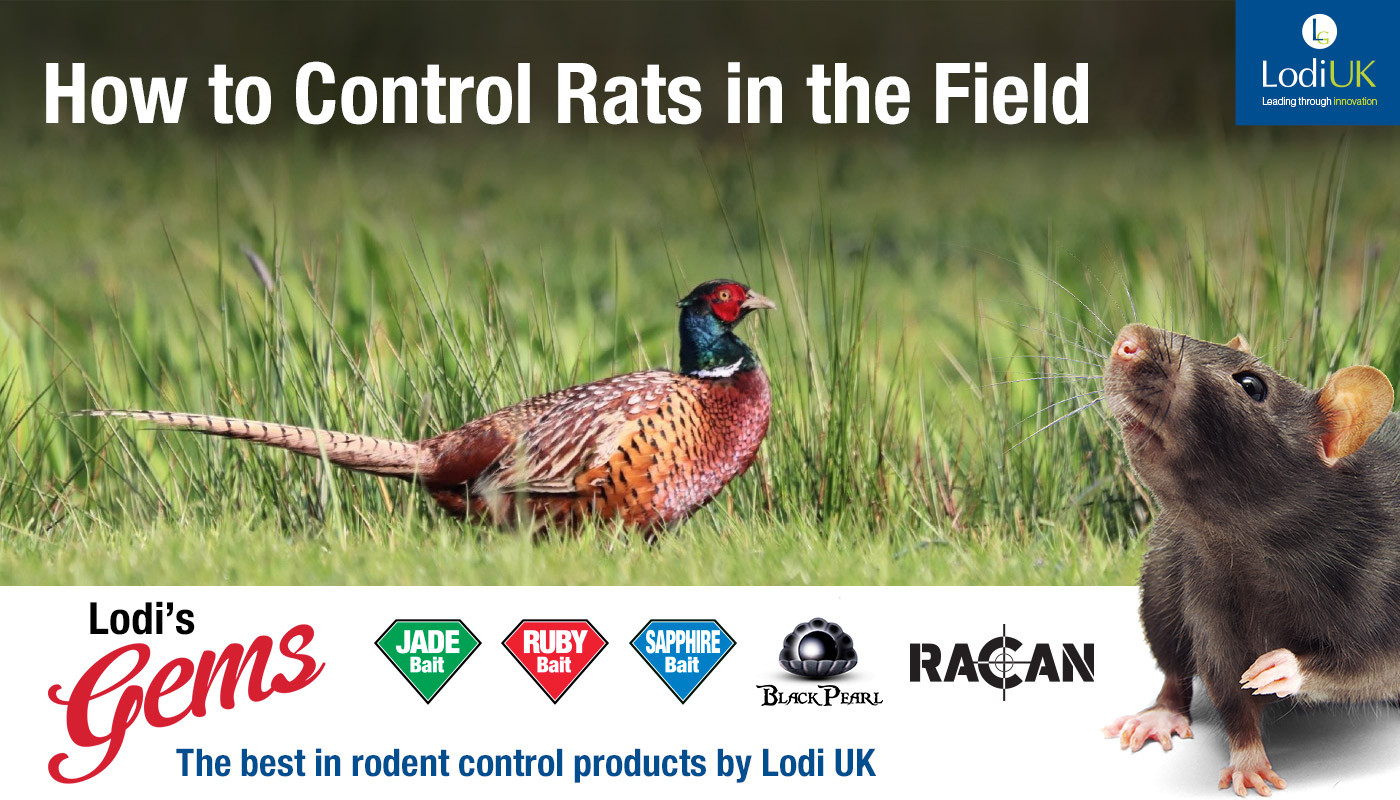
Due to the high levels of feed that are often available to rodents, placing rodenticides is a common occurrence on farms. It can be so easy to think you know how to use rodenticides. All you have to do is pick your favourite coloured box of rat bait off the shelf in your local store. Once you’re back at your farm, you can either pour half the bag into a bait box or hide piles of bait around the farm and hope nothing else eats them!
More Education Is Needed for safe rodenticide use
According to research from the British Pest Controllers Association, a third of farmers don’t know the brand name of different rodenticides. Only 28% of farmers know the active ingredient in the rat bait that they are using.
As more and more numbers of pesticides and fertilisers are being banned and anthelmintic resistance is rising, it is increasingly important to use rodenticides responsibly. It is possible that if rodenticides aren’t used correctly, that it will become much harder to purchase rodenticides and that farmers will have to rely on professional pest controllers to manage their pest problems.
Although it is possible to reduce the rodent population on farm by using traps, they can be fiddly and time-consuming to manage and set up. They are also impractical for controlling large infestations as each trap can only catch one night per day.
It is essential to monitor the baits regularly to track their success as rodenticides should be used for no longer than 35 days. By tracking how much of the bait has been taken and the number of dead rodents found, you should be able to see the decline in rodent activity as the rodenticide takes effect. If there is no decline in rodent activity, you should try and find out why that might be.
Lodi would always recommend the use of a sturdy bait box, such as our BETA, BORA, or LodiMouse stations. These contain securing pins and rods which keep the bait inside the box and prevent the rodents from dragging the paste and blocks. Rats prefer to hoard food in their nests and can take a large amount of bait without eating it. By securing the bait in place, you force the rat to nibble and eat it.
What can you do to reduce rodenticide use?
The Campaign for Responsible Rodenticide Use (CRRU) has released a Code of Best Practice. This Code stresses the importance of using an integrated pest management system to reduce the need for rodenticides.
The first step is limiting the potential food sources. Spilled or accessible food will allow rats to feed away from any rodenticides. It will also draw more rats onto the farm in search of food.
The second is to keep the farm as clean and tidy as possible. Debris around the farm allows rodents to move around unseen. It also provides them with shelter in the winter and possible nest materials. Keeping grass and vegetation short will prevent rodents from being able to hide in it.
Rodent proofing is possibly the most important step. To rodent-proof an area, you need to block all possible entry points with concrete, sheet metal, and fine mesh. This prevents rodents from being able to enter a building which stops them from being able to find food and nesting materials.
For more tips, you can visit our blog post on ‘How To Control Rodents On Farms With Lodi Gems’.
Following The Label
You’ll find plenty of information on the back label of each of our rodenticides. If you ever lose the back label or it becomes dirty, you can always find the labels for each of our Gems products on our website.
The back label has all the information you need to successfully manage your rodent infestation and stay within the CRRU guidelines. It contains the recommended application method, e.g. bait boxes, in burrow,s, or in sewers. It has the application rate for high and low infestations of both rats and mice and specific use instructions for each situation. It also has risk mitigation measures to reduce the likelihood of secondary poisoning and other instructions for disposing of unused bait and packaging. It also contains the active ingredient(s) and any medical advice that might be needed in case of emergencies.
For example, the back label on our Sapphire Force 25 blocks suggests carrying out a pre-baiting survey of the area to identify the species present, where they are most active, and how extensive the infestation is. The label also contains best practice under the CRRU guidelines. In a clear table, it has the bait rates and points needed to control low and high levels of infestations for rats and mice and for rats in sewers. E.g. for a high infestation of rats, you would need between 10 and 60 grams of bait in boxes every 5 metres.
NEED MORE INFORMATION?
If you have any questions about pest control products, email us at contact@lodi-uk.com and one of the experts on our team will help!
.jpg)





